| Back to Back Issues Page | ||||||||||||||||||
 |
||||||||||||||||||
|
[Tomato Dirt #233] What to Feed Your Hungry Tomato Plants: A Quick Guide to Tomato Fertilizer July 08, 2021 |
||||||||||||||||||
Tomato Dirt Newsletter
|
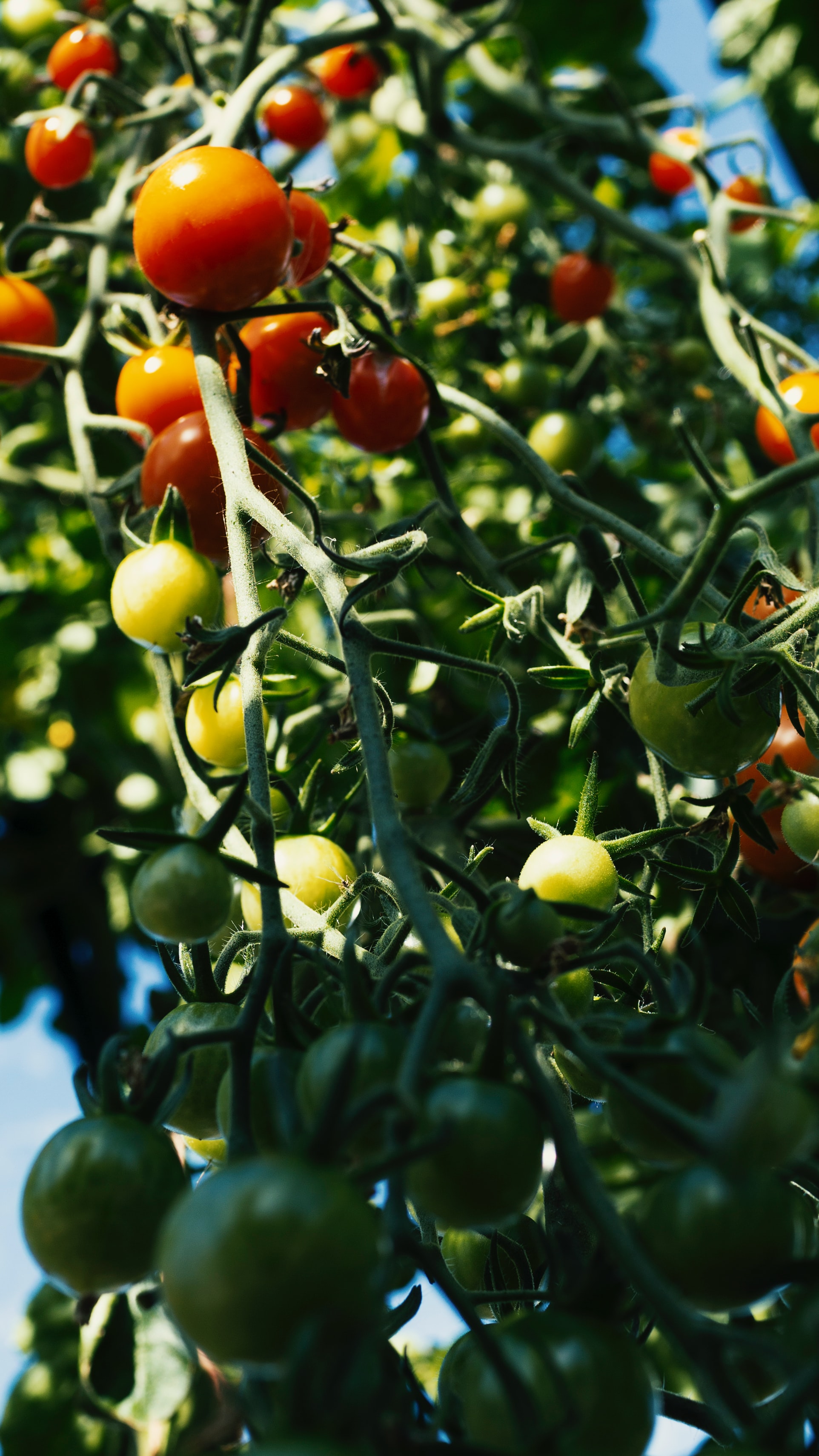 |
Organic fertilizer, soil booster, potting mix, soil test kits, compost recharger … check out all kinds of fertilizers and soil boosters with our good friends at Gardener’s Supply.
This is the GS page where you can get all the different kinds of fertilizing and soil amendment gear you need for your garden. It's so much fun to browse around. And if you find something at a bargain price - well, go for it!
Plus, they donate 8% of their profits to home and garden improvement programs.
But apart from all that good stuff, their fertilizers and soil enhancers are quality products that will last season after season. Check them out here.
Tomato Dirt is on Pinterest
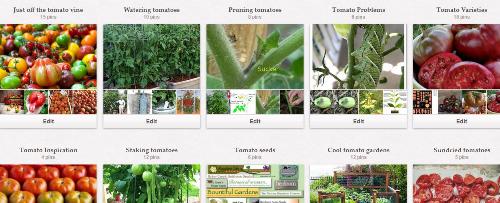 |
FEATURE: What to Feed Your Hungry Tomato Plants - A Quick Guide to Tomato Fertilizer
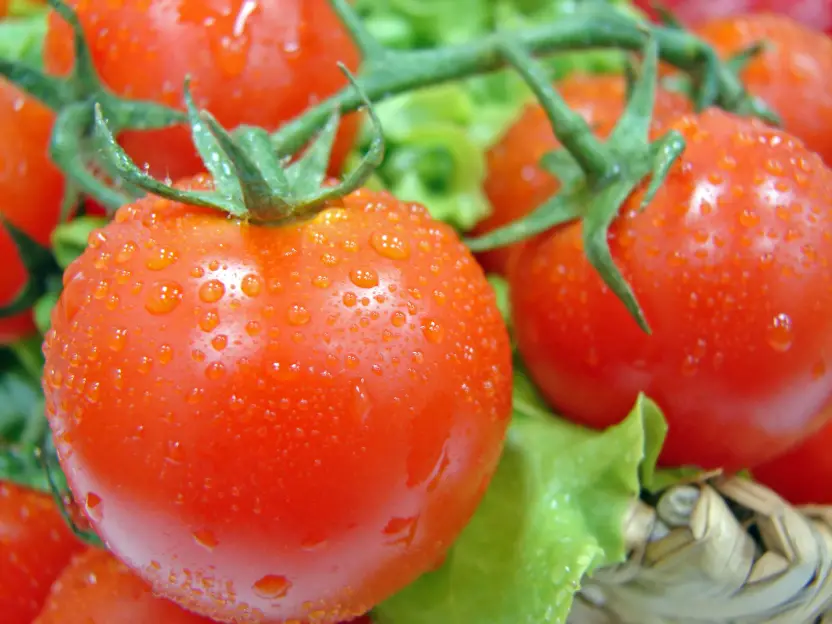 |
Image: Tomato Dirt |
Enter fertilizer. Most fertilizers are a combination of the three nutrients commonly fed to plants: nitrogen, phosphorus, and potassium (referred to as the “N-P-K ratio”). The three numbers represent those three nutrients.
The first number represents the proportion of nitrogen in the fertilizer. Nitrogen encourages leaf growth (rather than blossoming or fruit development.)
In tomatoes, excess leaf growth discourages blossoms and fruit. A lower number of nitrogen in this fertilizer is a good indicator that it is suitable for midseason tomatoes.
Phosphorus (the second number in the N-P-K ratio) encourages flowering, and therefore fruiting. This benefits midseason tomato plants.
Once a tomato plant starts flowering and fruiting, it needs a higher ratio of potassium for fruit to develop (the third number in the N-P-K ratio). The strong third number in this fertilizer indicates that it will help tomato plants produce healthy, quality fruit mid- to late season.
Find out more about kinds of tomato fertilizer so you can have healthy, productive fruit all season long … and check out other options for feeding tomatoes on our FertilizingTomatoes Pinterest board.
Best Tips for Growing Tomatoes: Bestseller in 89 Countries
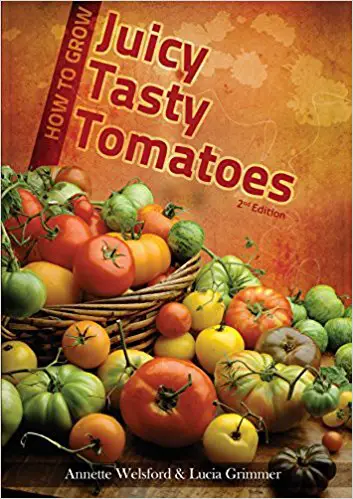 |
You’ll be able to diagnose pest and disease problems using step by step priceless information, illustrated with 260 full color photos.
Get the book and you’ll also get 6 free bonuses, including the Family Tomato Cookbook and a database of
1300 varieties of tomatoes. More details here.
Tomato Growing Tip: Tomato Growing Tip: Epsom Salts are a Good, Low-Cost Tomato Fertilizer
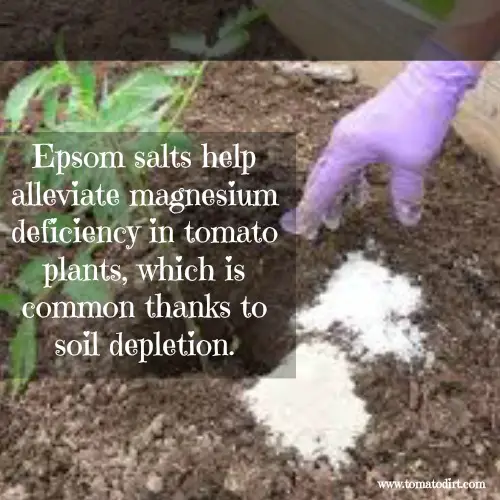 |
Image: Tomato Dirt |
Get more tips for growing tomatoes on our Tomato Growing Tips Pinterest board.
Don’t Let Your Tomatoes Go Hungry!
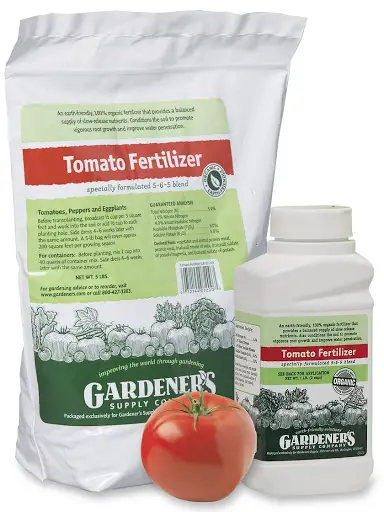 |  |  |
|---|---|---|
| Gardener’s Supply specialty organic tomato fertilizer in different sizes | Avoid blossom end rot with organic lime | All-natural blossom spray promotes fruit development |
More Tips for Fertilizing Tomatoes
| How and When to Fertilize Tomato Plants | Organic and Inorganic Tomato Fertilizer: Advantages and Disadvantages | Epsom Salts: a Natural Fertilizer for Tomatoes | Will this Tomato Fertilizer Work for You? |
|---|
That’s it for now. More next time.
Until then, happy gardening!
![]()
Kathy with Tomato Dirt
www.tomatodirt.com
Find us on Facebook!